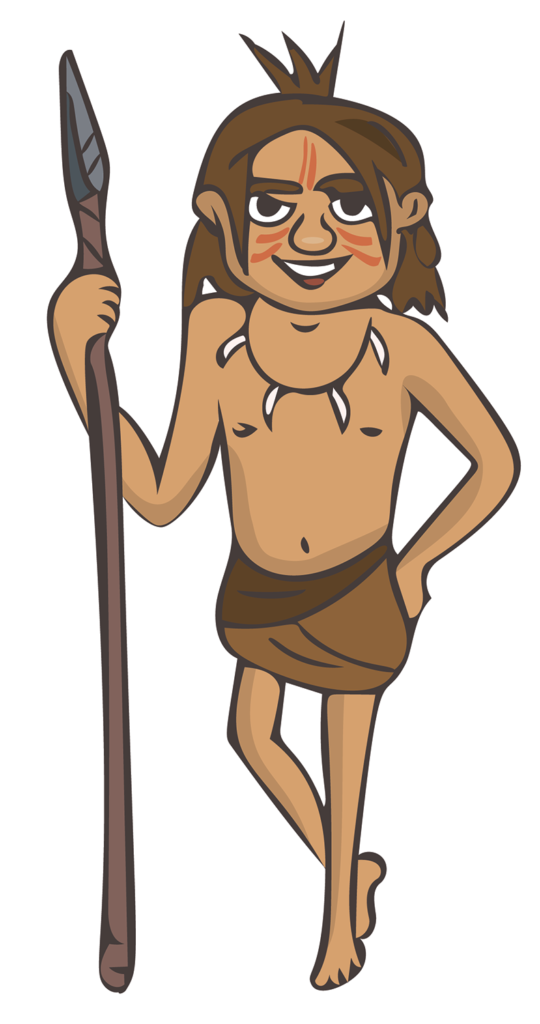Conversation me and hubby had today:
Him: where is the mayo?
Me: in the fridge, top shelf left.
Him (head in door): where? I don’t see it.
Me: Right there behind the relish. I can see it.
Him: Where? This is ridiculous. It should be somewhere that is easy to find.
Me: It is. Top shelf on the left. Right here (pointing at it).
Him: It should be on the door. Things we use a lot should be on the door.
Sigh.
This is not an uncommon exchange. My beloved is really terrible at looking for anything. And I mean anything.
This week alone:
Where is the clothes rack? Me: next to the dryer in the same place it’s been for the past three years.
Where is the balsamic dressing? Me: on the door of the fridge, right in front of you.
Where are the towels that were in the laundry? You always lose them. Me: right there on the dryer next to your hand.
Where is the bologna? Then, holding the package in his hand: is this it? Me: no response. Just walking away.
Is this unusual behavior?
The last question got me thinking: why is it that this otherwise very intelligent person cannot seem to find the simplest things? I get that finding the right screwdriver in our very messy toolbox can be a challenge. But items that are in the same place that they’ve been for years? What’s up with that?
And, because I clearly have too much time on my hands, I decided to consult Google to find out if other women suffer the same with their partners.
Guess what? It’s a thing. A real honest-to-goodness thing.
It turns out that men are hunters and that’s why they can’t find things.
Huh?
Yep, that was my first response, too.
Studies have been done to try and understand this behavior, which apparently is very common worldwide. And the results suggest that it’s because of evolution.

It’s actually normal behavior.
You see, prehistoric men developed traits that would increase the likelihood of survival for the species by being able to see things at a distance or in their surroundings. They developed the ability to detect predator movement at a distance or to see prey peeking out from behind a rock. These abilities helped them feed and protect the clan. Finding dried mammoth in the same place that it always was stored in the cave was not a life-saving trait, but spotting an antelope heading toward the watering hole six miles in the distance was.
So, this does explain a few things. More dialogue between me and him.
Him (as we are driving 50 mph down the road): look! did you see that? Wow! How cool!
Me: (turning my head every which way like the girl in The Exorcist): what? Where? I don’t see it? What?
Him: you didn’t see it? How could you not see it? It was right there? Are you blind or something?
Me: no I didn’t see anything? What was it?
Him: oh my god. It was clear as day. It was a prothonotary warbler. It was in the cypress at the back of the tree line right next to the dead branch. It was an adult male. Yellow with light olive wings, a black beach, greyish feet, a white spot the size of a pea on the underside of its left wing, and missing one of its toes. It had a piece of grass in its beak, was looking west and thinking about what it had for breakfast. How could you not see that????
Ahhh. Now I get it. He can’t see the bologna in his hand, but the man honestly can see anything at a distance, in the weeds, behind a tree, on the depths of the ocean. I swear he could spot a rock-colored vole simply by its rock-colored nose against a rock-colored rock in a field strewn with rock-colored rocks.
Women have evolved differently
So, what about women?

Evolutionarily, we developed different skills to help the species survive. According to the study, we are gatherers and are better at spotting and identifying stationery items. That trait allowed us to see berry bushes 20 yards into the forest or to identify the likelihood of nearby medicinal plants based on the type of ecosystem around us. In other words, we were good at finding things based on experience and/or logic. This explains why we can find shoes based on the common sense that shoes belong on the shoe rack, identify detergent on the shelf above the washer, again, right where it has been for years, or spot ketchup in the crowd of other condiments in the vast wilds of the refrigerator.
Oh, that makes things easier.
Now that we are armed with this knowledge, we all should be able to adjust accordingly to help ensure cohabitation bliss. Understanding that the men in our lives genuinely see things differently than we do can help us to be a little more patient and understanding when they cannot spot the remote that is sitting on the table right next to them. That is a perfect time, in fact, to use this insight into our evolutionary skills to remain calm and unruffled despite the endless “where is the . . . ” questions. In fact, it is probably the perfect time to put our own specific skills to use by opening a bottle of wine. Because, as gatherers, we know exactly where the wine, the corkscrew, and the glass are and we have no problem finding them. And that, my friends, is how we can cohabitate with our partners who cannot find a thing in the house.


